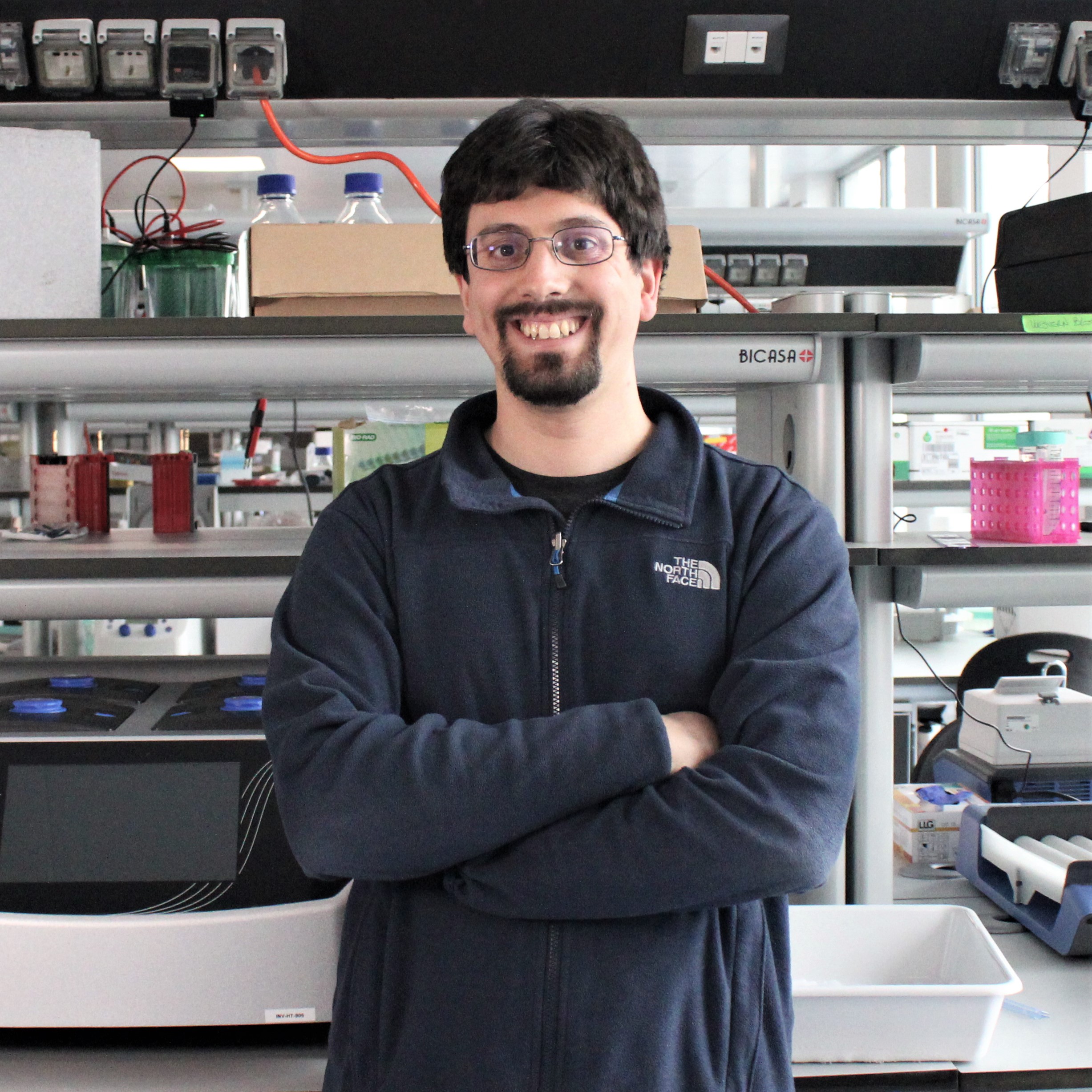
Andrea Graziadei
- Senior Manager - Structural Proteomics, National Facility for Structural Biology
Andrea Graziadei is a structural biologist and structural bioinformatician specializing in integrative modelling and crosslinking mass spectrometry.
SHORT CV:
Since 2022 Senior Manager, structural proteomics SSU – Human Technopole
2019-2022 PostDoc – Technische Universität Berlin (Berlin, DE)
Mentor: Prof. Juri Rappsilber
2019 PhD in structural biology – European Molecular Biology Laboratory, (Heidelberg, DE)
Mentor: Dr. Teresa Carlomagno
Contacts
Publications
-
03/2023 - Nature Biotechnology
Protein structure prediction with in-cell photo-crosslinking mass spectrometry and deep learning
While AlphaFold2 can predict accurate protein structures from the primary sequence, challenges remain for proteins that undergo conformational changes or for which few homologous sequences are known. Here we introduce AlphaLink, a modified version of the AlphaFold2 algorithm that incorporates experimental distance restraint information into its network architecture. By employing sparse experimental contacts as anchor […]
-
02/2023 - Molecular Systems Biology
Protein complexes in cells by AI-assisted structural proteomics
Accurately modeling the structures of proteins and their complexes using artificial intelligence is revolutionizing molecular biology. Experimental data enable a candidate-based approach to systematically model novel protein assemblies. Here, we use a combination of in-cell crosslinking mass spectrometry and co-fractionation mass spectrometry (CoFrac-MS) to identify protein–protein interactions in the model Gram-positive bacterium Bacillus subtilis. We show […]
-
01/2022 - Structure
Leveraging crosslinking mass spectrometry in structural and cell biology
Crosslinking mass spectrometry (crosslinking-MS) is a versatile tool providing structural insights into protein conformation and protein-protein interactions. Its medium-resolution residue-residue distance restraints have been used to validate protein structures proposed by other methods and have helped derive models of protein complexes by integrative structural biology approaches. The use of crosslinking-MS in integrative approaches is underpinned by […]
-
07/2020 - Science
In-cell architecture of an actively transcribing-translating expressome
In bacteria, RNA polymerases can associate with ribosomes to form transcription-translation units called expressomes. Multiple models based on structural data of in vitro reconstitution assays have been proposed for how the two machineries interface with one another. Understanding this bacteria-specific coupling mechanism offers insight regarding the central dogma of molecular biology and might be leveraged […]
-
05/2020 - eLife
The guide sRNA sequence determines the activity level of box C/D RNPs
2’-O-rRNA methylation, which is essential in eukaryotes and archaea, is catalysed by the Box C/D RNP complex in an RNA-guided manner. Despite the conservation of the methylation sites, the abundance of site-specific modifications shows variability across species and tissues, suggesting that rRNA methylation may provide a means of controlling gene expression. As all Box C/D […]